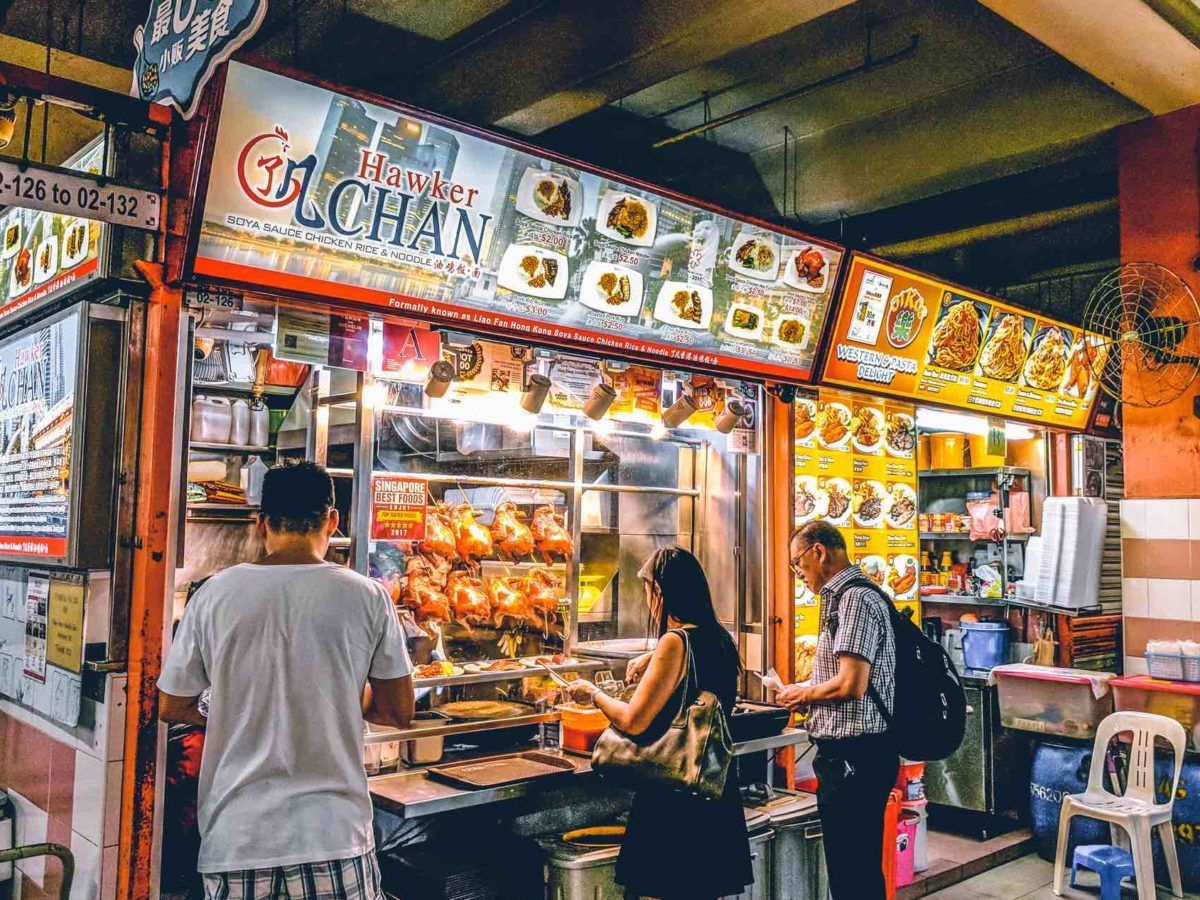
Elevating Customer Experience in Beauty and Wellness Businesses: Member Loyalty Management
In the thriving beauty and wellness industry, customer loyalty plays a vital role in the sustained success of businesses. To stand out from the competition and foster long-term relationships with customers, beauty and wellness businesses need to prioritize member loyalty management. By implementing effective strategies, such as personalized rewards, exclusive offers, and streamlined communication, businesses can elevate the customer experience and cultivate a loyal customer base. In this article, we will explore the significance of member loyalty management in the beauty and wellness industry and provide valuable insights for implementing successful loyalty programs.
Understanding the Importance of Customer Loyalty in Beauty and Wellness Businesses
In the beauty and wellness industry, where customer satisfaction is paramount, fostering loyalty is essential. Loyal customers not only generate repeat business but also serve as brand advocates, promoting the business through positive word-of-mouth. By focusing on member loyalty management, businesses can enhance customer retention rates, increase revenue, and gain a competitive edge in the market.
Implementing a Loyalty Management Solution
To effectively manage customer loyalty, beauty and wellness businesses can leverage loyalty management solutions. These solutions provide a streamlined approach to tracking customer preferences, managing rewards, and analyzing customer behavior. By implementing a robust loyalty management system, businesses can gather valuable data insights, identify trends, and tailor their offerings to meet the specific needs of their customers.
Personalizing Rewards and Offers
One key aspect of member loyalty management is offering personalized rewards and exclusive offers to customers. By understanding their preferences, purchase history, and preferences, businesses can create customized incentives that resonate with individual customers. Personalized rewards can range from discounts on specific services or products, exclusive access to events or promotions, or even free add-on treatments. By making customers feel valued and appreciated, businesses can strengthen their loyalty and drive repeat visits.
Streamlining Communication Channels
Effective communication is crucial for maintaining a strong relationship with customers. Beauty and wellness businesses can utilize various communication channels, such as email newsletters, SMS notifications, and social media platforms, to keep members informed about special offers, upcoming events, and personalized recommendations. Regular communication helps businesses stay top-of-mind and ensures customers are aware of the exclusive benefits they can enjoy as loyal members.
Offering Exceptional Customer Service
Providing exceptional customer service is a cornerstone of member loyalty management. From the moment customers step into the salon or spa, they should feel welcomed and attended to. Well-trained staff should be knowledgeable about services, products, and promotions, and be attentive to customers' individual needs and preferences. By delivering outstanding customer service, businesses can leave a lasting impression and create a positive association with their brand.
Encouraging Feedback and Reviews
Feedback plays a vital role in understanding customer satisfaction and identifying areas for improvement. Beauty and wellness businesses should actively encourage customers to provide feedback and leave reviews on platforms like Google, Yelp, or social media. Positive reviews serve as testimonials that attract new customers, while constructive feedback allows businesses to make necessary adjustments to their offerings and services.
Conclusion
Member loyalty management is a key driver of success in the beauty and wellness industry. By implementing personalized rewards, exclusive offers, streamlined communication, exceptional customer service, and actively seeking customer feedback, businesses can elevate the customer experience and foster long-term loyalty. Embracing loyalty management solutions enables businesses to gather valuable insights and deliver tailored experiences that resonate with their customers. In this fiercely competitive industry, investing in member loyalty management is a strategic move that not only cultivates customer loyalty but also sets businesses apart from their competitors.
Interested in a CRM Based POS System, QR ordering or a standalone CRM membership system?
Send an Enquiry!
We will get back to you as soon as possible
Please try again later
You might also like


Location
160 Robinson Road SBF Center #26-02
Singapore 068914
Call
(+65) 6224 5788
WhatsApp Us
Click here to WhatsApp us

Navigation
Operating Hours
- Mon - Fri
- -
- Sat - Sun
- Closed
All Rights Reserved | Megasafe Technology Pte Ltd
